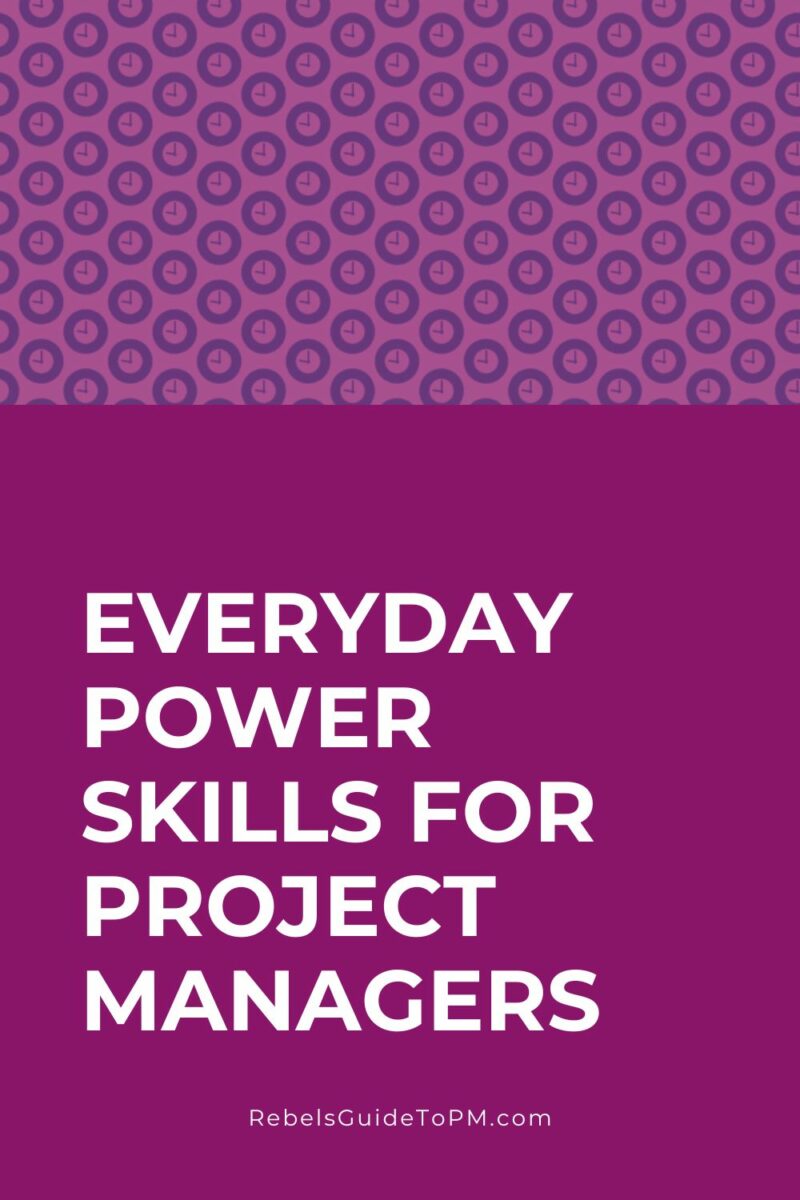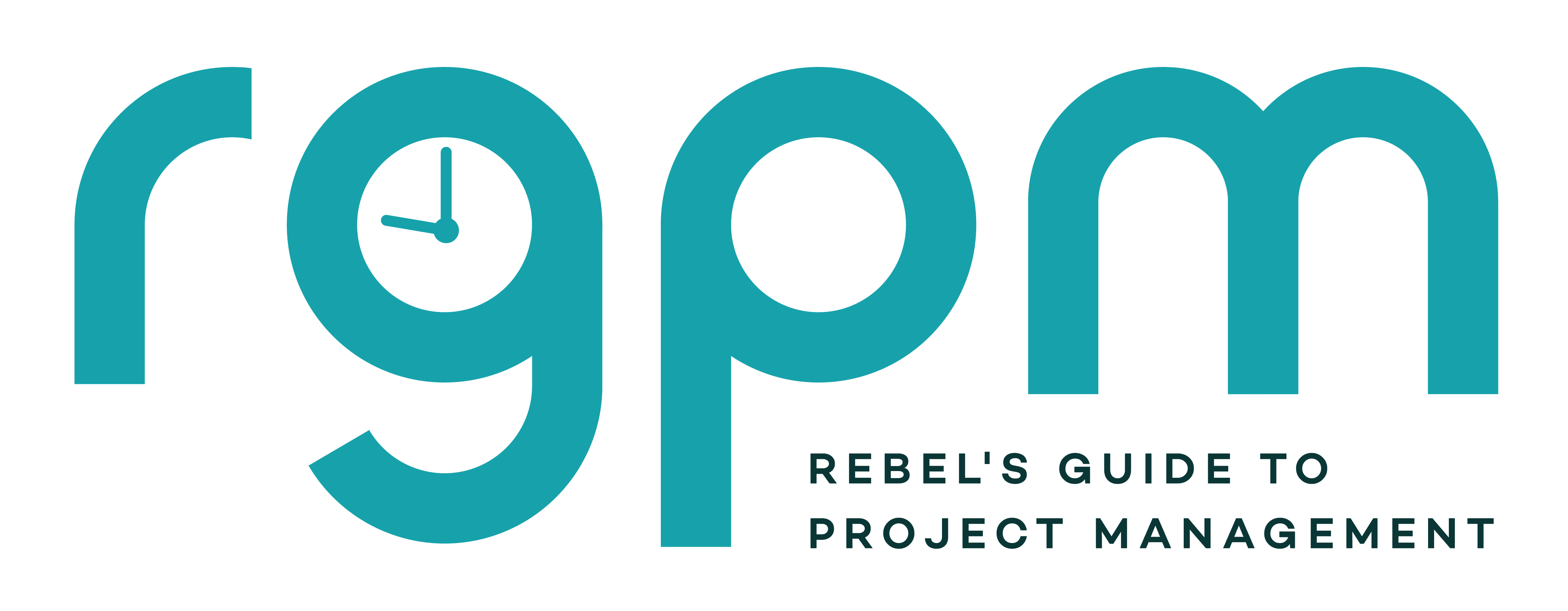Questioning and listening: Your everyday power skills
Project management is a lot of talking to other people and acting on what they say. A successful project manager relies on being able to ask effective questions and listen to the answers.
In this article, I’ll show you how I use effective questioning and active listening and how you can use them at work to improve your professional practice.
Technique 1: Effective questioning
Effective questioning is an engagement technique where the question supports the goals and encourages the respondent to answer in a particular way.
In other words, if you ask better questions, the respondent is challenged to frame their answer in a particular way and that helps them with clarifying their ask or their response.
It’s great because it helps you understand the problem more effectively so you can offer constructive feedback, if that’s appropriate, or plan the next steps.

What effective questioning looks like
There are 3 ways that effective questioning can be characterised (according to the Uni of Tennessee):
- Structure: open or closed questions where there is the potential for a range of responses or yes/no answers.
- Cognitive effort: how much effort the student needs to put in to process the question and respond appropriately.
- Directionality: exploratory questions that prompt a wide range of thinking/responses or convergent questions that encourage a topical discussion to get narrower, used depending on the goals of the conversation.
In The Coaching Habit (Bungay Stanier, 2016), the author advises that we avoid asking ‘why’ questions when working with colleagues/direct reports as it can come off as judgemental (“what were you thinking??!”).
Instead, reframe questions to ask them as a ‘what’ question (“what was your goal with that?”).
Cornell University says effective questions are those that are understood by the listener and provide a challenge but aren’t too difficult to answer. If the question is virtually impossible, your colleague is going to assume you’re trying to trip them up. You won’t get anything out of the conversation, and neither will they.
How I use effective questioning
The point of questioning is to encourage reflection, and I do ask a lot of questions as a project manager.
Questions help me understand the situation so I can properly advise, report, plan or take whatever action is needed.
Using effective questioning in the workplace
Effective questioning is something we can use to make sure we have a full understanding of a situation. It’s a technique that works with people at all levels of the organization, and it’s especially helpful with busy people – the more targeted the question, the more likely it is that we’ll get an answer that helps move the conversation/decision/work on.
I also help people frame their questions in the most effective way, especially if they are asking for something: sometimes, I spend time with colleagues thinking about how we (or they) are going to ask for something or phrase something in a session.
For example, recently I was on a call with a colleague who was drafting an email asking for input to a decision. I suggested he phrase it so it was clear he was asking for blockers/challenges and specific points in comparison to ‘general feedback’ which would not have got us closer to signing off the document.
Benefits of effective questioning
Effective questioning allows project managers to gather crucial information, encourage thoughtful responses, and foster a deeper understanding of project challenges and opportunities. By asking the right questions, project managers can facilitate better decision-making, provide valuable feedback, and support their team’s development.
Being able to ask the right questions at the right time helps me, especially if I don’t know a lot about their project, work or department.
While there are some universal truths in project management, a lot is situation dependent, so being able to understand the situation and any associated office politics or opportunities for conflict can be helpful in working out a strategy to address a challenge in conjunction with the mentee.
Technique 2: Active listening
Active listening is listening in a way that helps you understand the speaker’s perspectives. Knowing how to listen actively is a skill that you can develop for your professional relationships, and you’ll find yourself using them time and time again.
NHS England describes 6 ways to demonstrate that you are actively listening:
1. Define terms
Make sure everyone has the same understanding of
Because… there is a lot of jargon in project management. If we didn’t listen for phrases we didn’t know and question them, we’d be operating in the dark most of the time!
2. Repeat and paraphrase
I use this technique a lot to make sure I have heard and understood correctly, often using the words that the person used but in a different way, or similar words so it’s not literally repeating what they have just said as that sounds annoying.
3. Don’t interrupt
Make sure people have the time to complete their sentences and their thoughts.
Jan Keck, one of the most experienced facilitators I know (and I was fortunate to do his training a while back) says if you have to interrupt someone (for example, in a meeting where they are going on about something that is not relevant to the discussion points on the agenda), you can say, “Can I pause you there?” instead of ‘stop you there’.
Then simply don’t go back to them – helpful if you are shutting down over-enthusiastic talkers in meetings.
4. Listen between the lines
This is about looking out for and listening for feelings, assumptions, values, fears etc. The higher your emotional intelligence, the easier you’ll find this.
It’s harder to do through a camera, so if you are planning on having highly-charged, sensitive conversations, try to do those in person so you can read body language more easily.
5. Don’t rush to fill silences
I talk quickly and I am getting better at leaving gaps. This is something I could work on more! Having a pause allows you and the person you are talking to a chance to slow down and reflect. Then you might get something even more useful in the next sentence.
6. Feedback impressions
The NHS website suggests checking observations with assumptions and gives the example, “If I were in your shoes, I might be thinking…” and then letting them say whether your assumption is correct or not.
This gives you both an out if you’ve misinterpreted the content, which is helpful when working with very senior stakeholders. You could use, “If I were in your team, I might be thinking…” or, “If I was going to have to use this deliverable, I might be thinking…”.

Active listening as a project manager
On project work, active listening is important as it helps us understand stakeholder opinions and perspectives, and what is not said is as important as what is said, especially in relation to implementing changes.
If I am queued in to what is not being said, or said but not believed, it can help identify areas where more
Active listening ensures you really understand the perspectives and concerns of stakeholders. It helps in identifying underlying issues, building trust, and demonstrating empathy. You can better anticipate potential conflicts, address them proactively, and ensure that all voices are heard and valued.
How I demonstrate active listening
I demonstrate active listening by watching my body language, for example nodding and smiling at the right times, and looking directly at the camera to make eye contact instead of at the screen, as that makes your eyes look like they aren’t directly looking at the person.
It’s particularly hard to demonstrate active listening on camera because I often I do have something else on my screen alongside their face, like the notes I am typing as I go through the call, or some other relevant document we are looking at together.
I think I’ve got a lot better at almost exaggerating some of the queues that you’d expect to see in person, not so it looks fake, but so that the behaviour is obvious and a clear signal to the other person.
I find it harder to demonstrate active listening when the other person does not have their camera on; fortunately this does not happen that often. If you work with colleagues who do not have their cameras on, encourage them to change that! Or meet in person.
Taking it further
Mastering the skills of effective questioning and active listening is essential for any project manager aiming to excel in their role, and luckily it’s not that hard. You don’t have to do a course or read a book (although you could if you wanted).
You just have to be intentional about how you show up to conversations.
When you do that, these everyday power skills will help you navigate complex situations, build strong relationships, and drive projects to successful completion.
